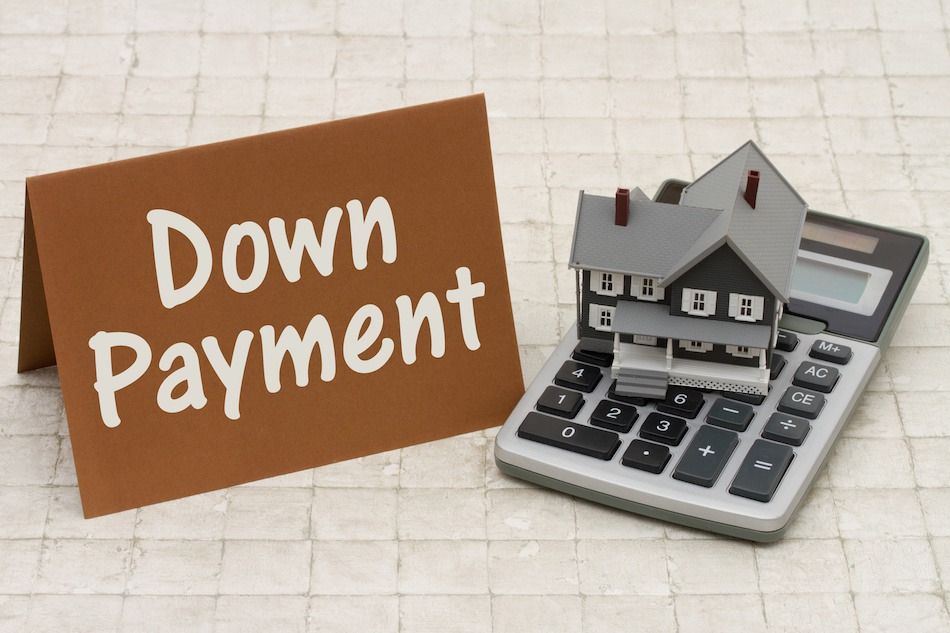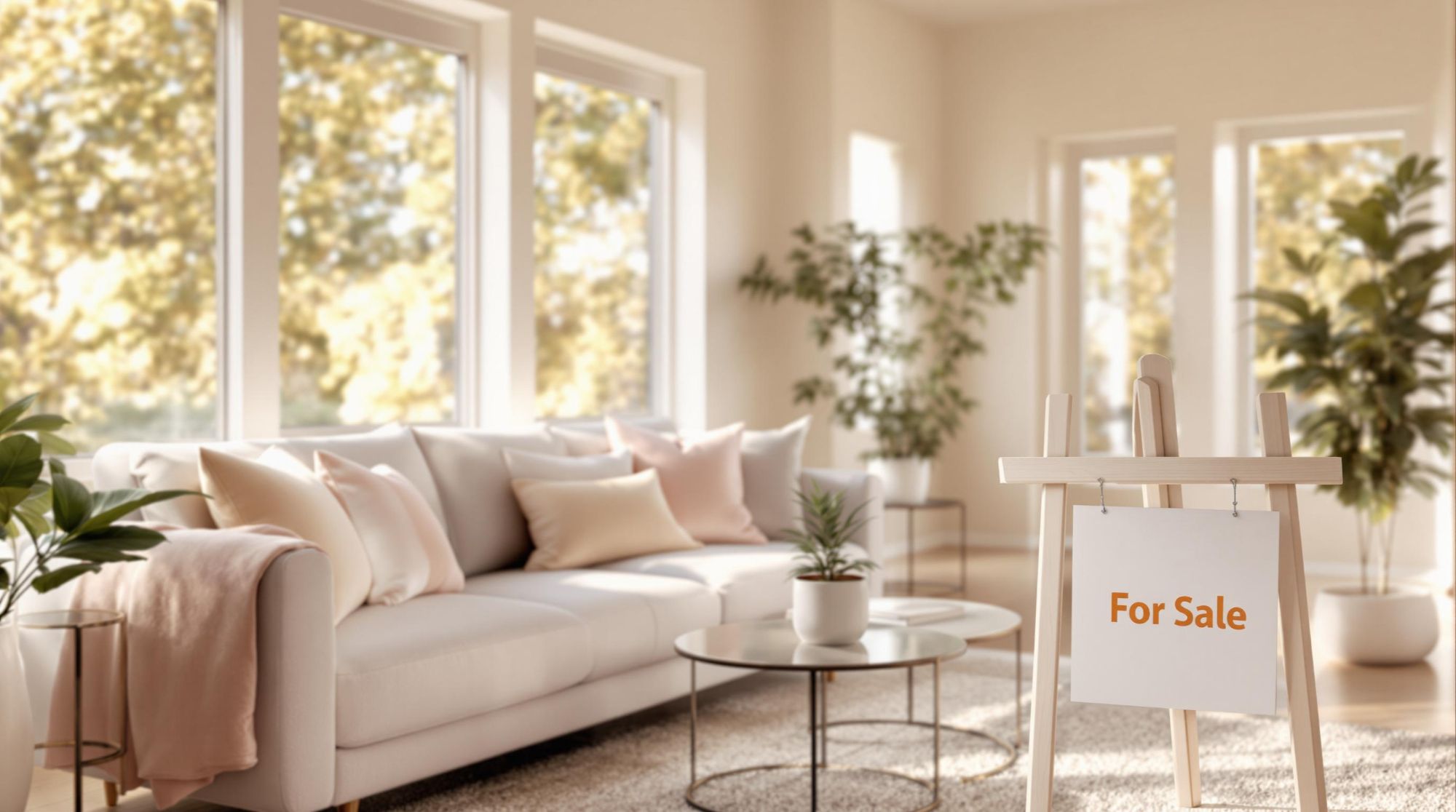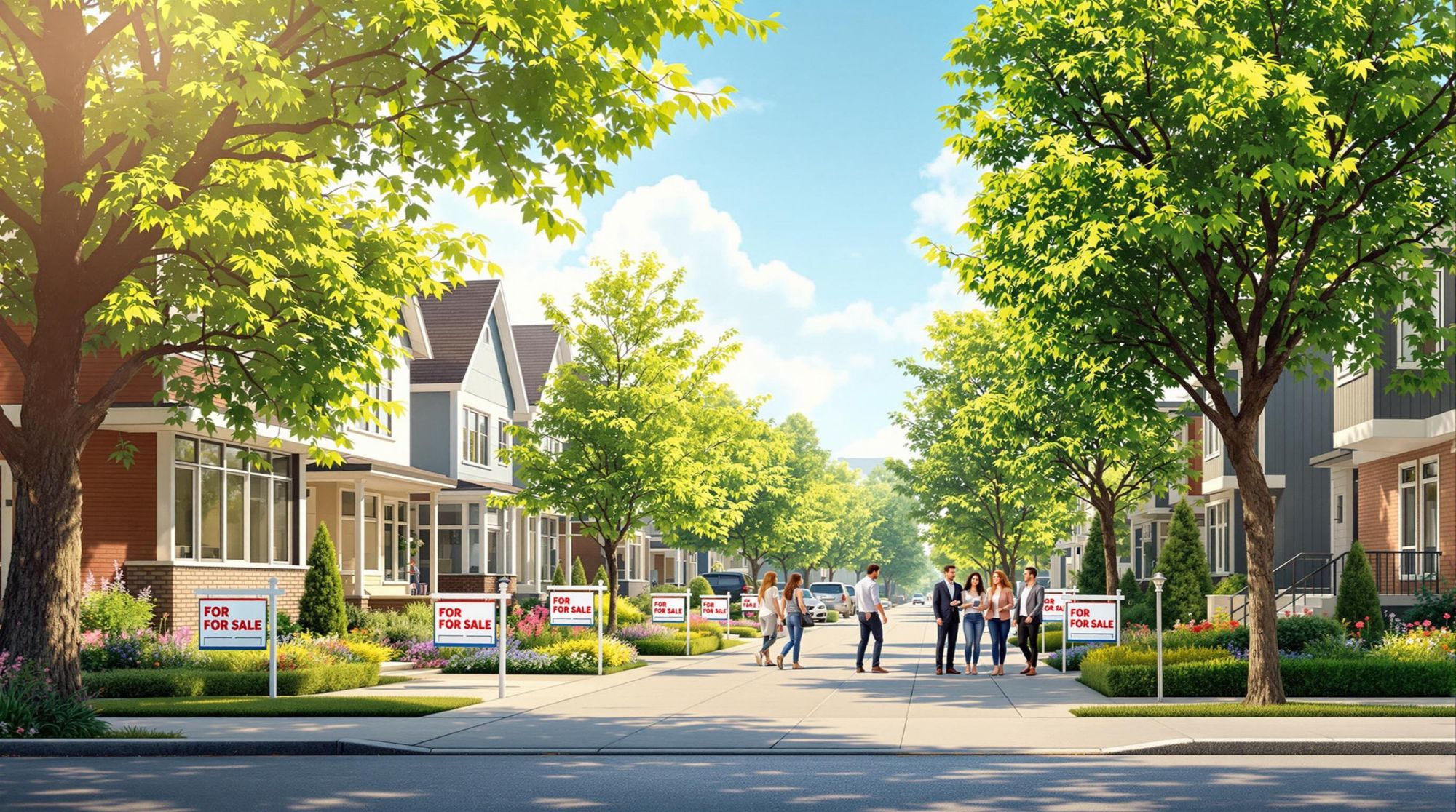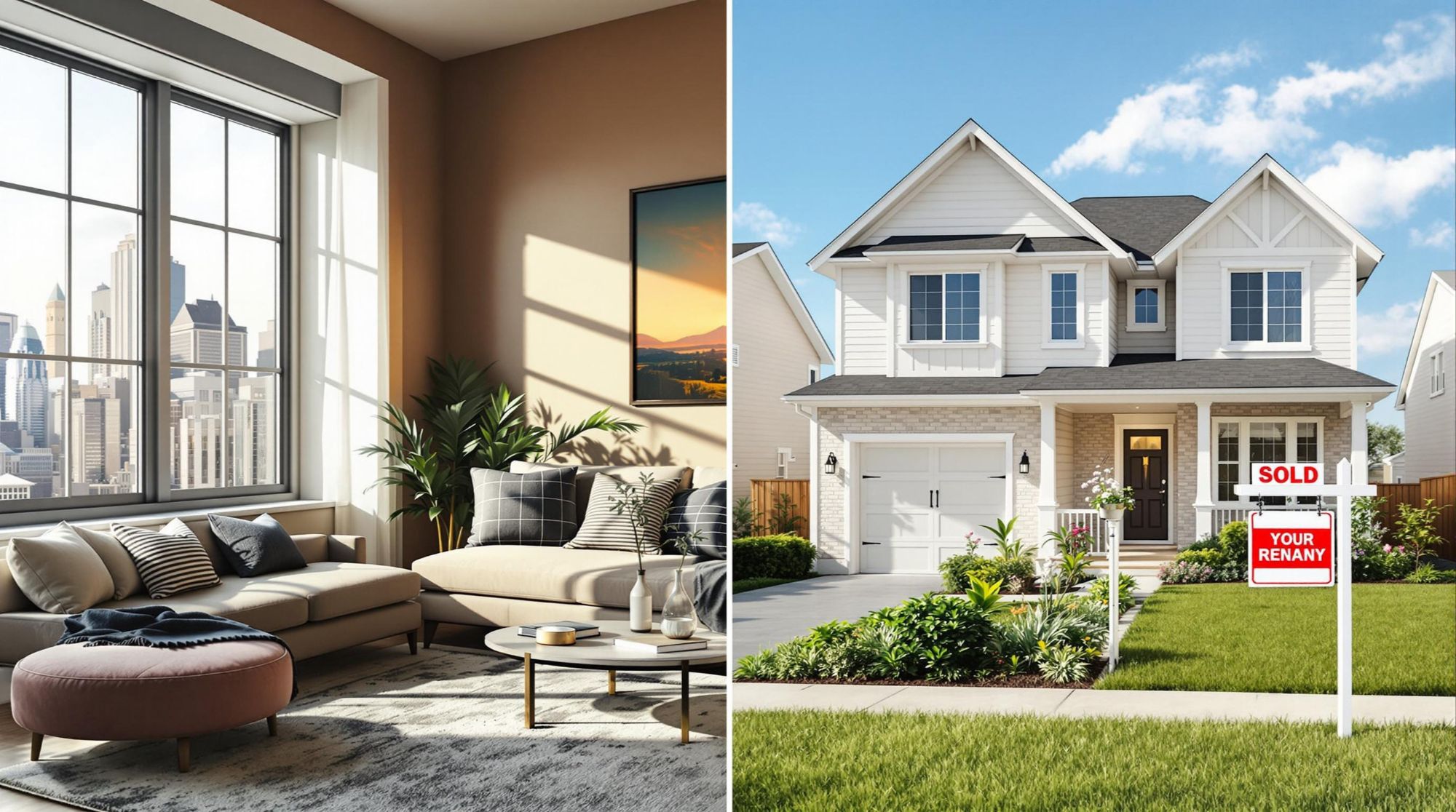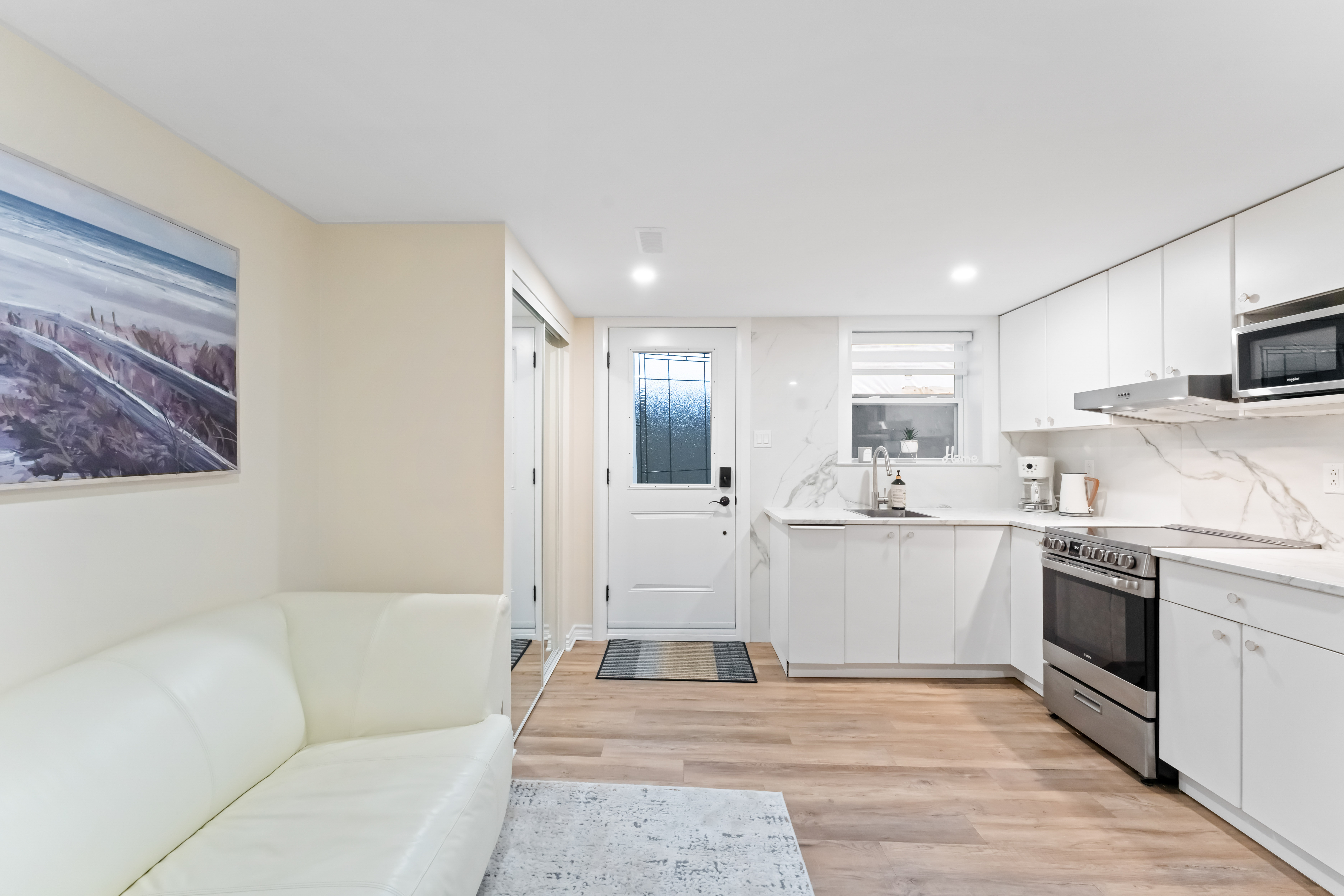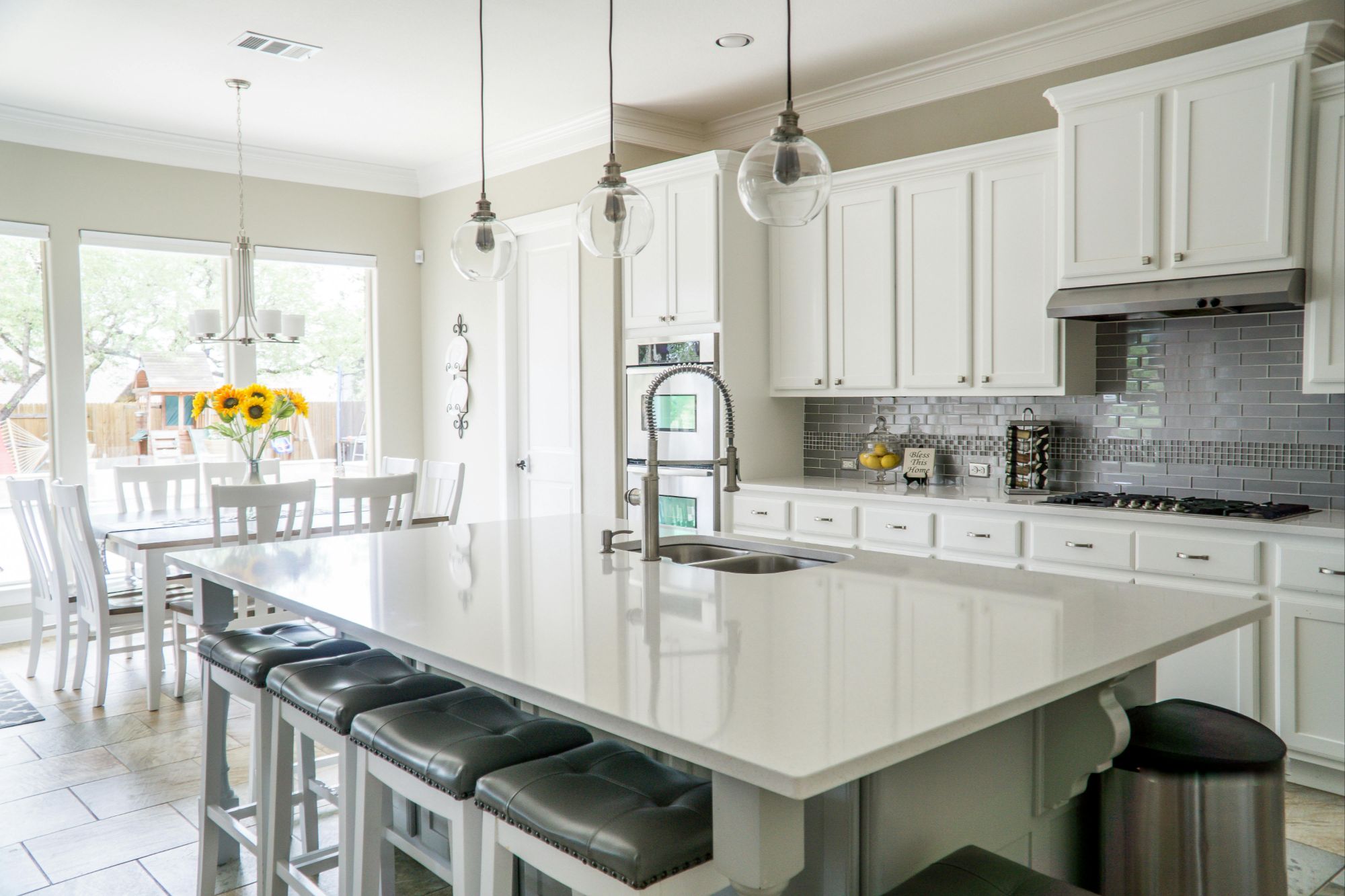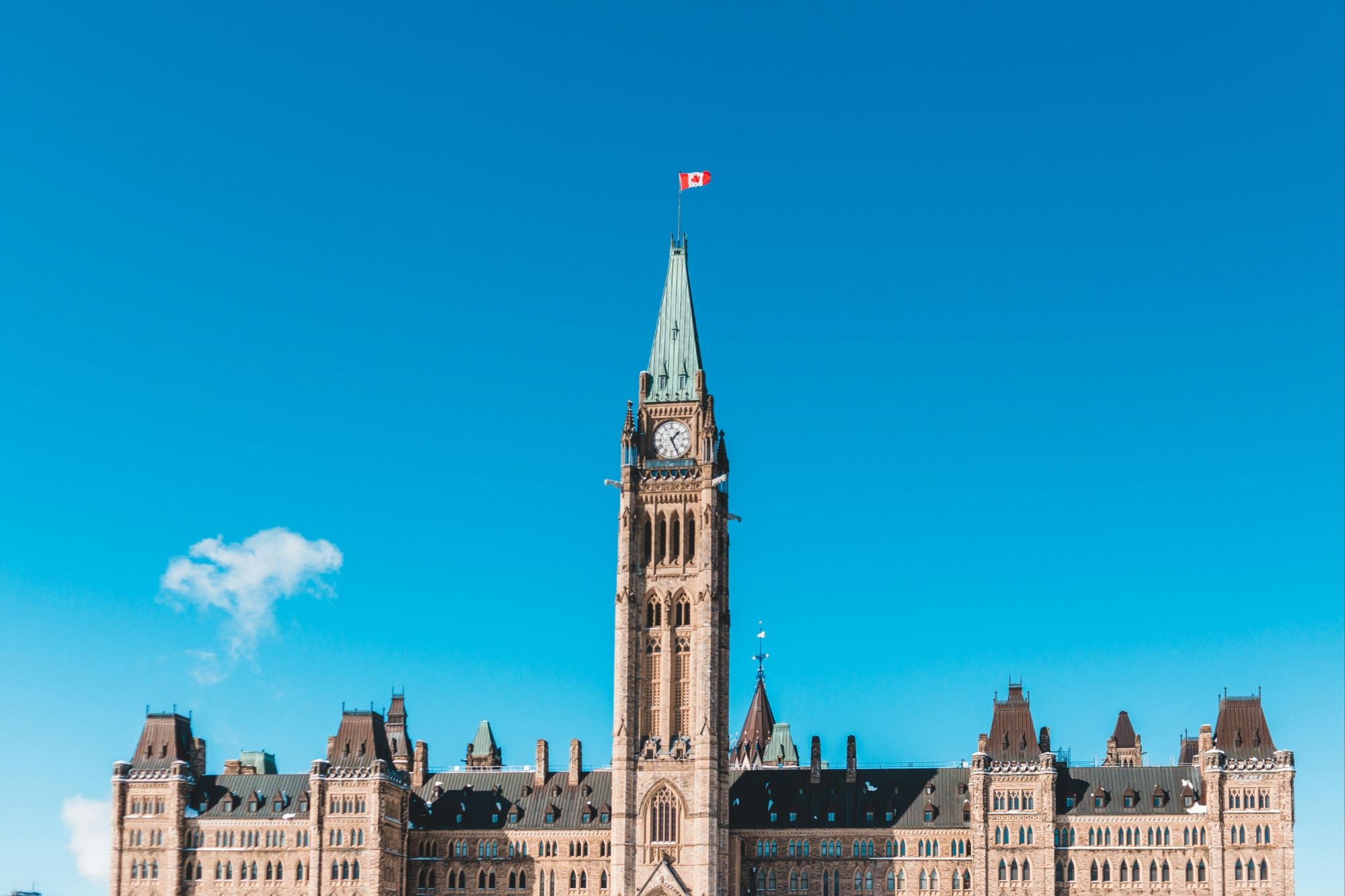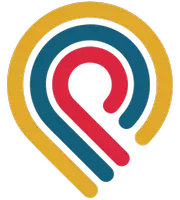Down Payment Guide: How Much Do You Really Need?
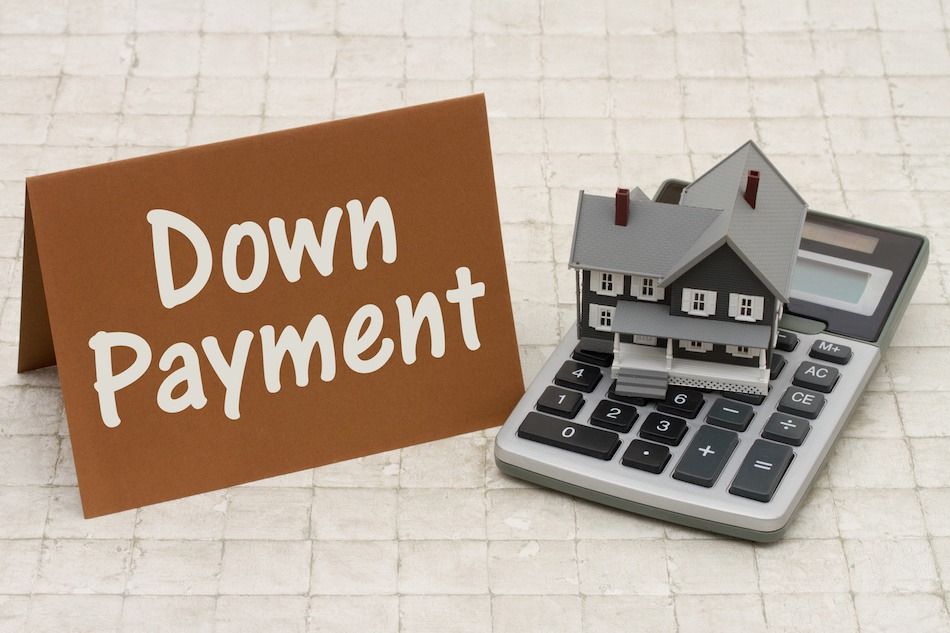
When buying a home in Ottawa, your down payment depends on the property price:
- $500,000 or less: Minimum 5% down payment.
- $500,001 to $1,500,000: 5% on the first $500,000 and 10% on the remaining amount.
- $1,500,000 or more: Minimum 20% down payment.
For example:
- A $669,945 home requires $41,995 down.
- A $820,512 single-family home needs $57,051 upfront.
Quick Tips:
- First-time buyers often put down around 8%.
- Closing costs add 3-4% to the purchase price.
- A larger down payment reduces your loan, interest, and may avoid mortgage insurance.
Want to save? Use programs like the Home Buyers' Plan to withdraw up to $60,000 tax-free from your RRSP or open a First Home Savings Account (FHSA).
Let’s break down the details and strategies to help you save effectively.
Buying A Home In Canada 2025 | First-Time Home Buyer Tips
Down Payment Requirements in Ottawa
In Ottawa, the down payment amount depends on the property's purchase price, with specific rates applying to different price ranges.
Basic Down Payment Rules
- For properties priced at $500,000 or less, the minimum down payment is 5%.
- For properties priced between $500,001 and $1,500,000, you'll need to pay 5% on the first $500,000 and 10% on the remaining amount.
- For properties priced at $1,500,000 or more, a 20% down payment is required.
Sample Down Payment Calculations
To make things clearer, here are two examples:
- Condo priced at $441,704: Multiply by 5%, and the down payment comes to $22,085.
- Detached home priced at $821,202: Pay 5% on the first $500,000 ($25,000) and 10% on the remaining $321,202 ($32,120). The total down payment is $57,120.
Down Payment Breakdown by Price Range
Here's a quick reference chart for different property prices:
| Property Price | Minimum Down Payment | Example Calculation |
|---|---|---|
| $400,000 | $20,000 | $400,000 × 5% |
| $580,497 (avg. townhouse) | $33,050 | ($500,000 × 5%) + ($80,497 × 10%) |
| $669,945 (avg. all types) | $41,995 | ($500,000 × 5%) + ($169,945 × 10%) |
| $820,512 (avg. single-family) | $57,051 | ($500,000 × 5%) + ($320,512 × 10%) |
| $1,600,000 | $320,000 | $1,600,000 × 20% |
Next, we’ll look at how down payment rules differ based on property type.
Down Payments by Property Type
Primary Homes
Here’s a breakdown of Ottawa’s average home prices and the minimum down payments required for primary residences:
- Apartments/Condos: With an average price of $432,549, the minimum down payment is $21,627 (5% of the purchase price).
- Townhouses: Priced at an average of $580,497, these require a down payment of $33,050.
- Single-Family Homes: Averaging $820,512, the minimum down payment comes to $57,051.
When it comes to investment properties, the rules for down payments change significantly, especially for rentals and multi-unit buildings.
Rental and Multi-Unit Properties
Investment properties have their own set of down payment rules:
| Property Type | Minimum Down Payment | Notes |
|---|---|---|
| Owner-Occupied Duplex/Triplex/Fourplex | 5-10% | You must live in one unit; CMHC insurance applies |
| Non-Owner-Occupied Rental | 20% | Often comes with higher interest rates |
| 5+ Unit Buildings | 20% | Requires a commercial mortgage |
For owner-occupied rental properties (up to four units), you can take advantage of:
- Lower down payment options (5-10%)
- Access to CMHC-insured mortgages
- Competitive interest rates compared to non-owner-occupied rentals
Non-owner-occupied rentals, however, demand:
- A 20% minimum down payment
- Tougher qualification processes
- Higher interest rates than owner-occupied properties
For multi-unit buildings with five or more units, be prepared for:
- A 20% minimum down payment
- A stricter approval process
- Lending terms that differ from standard residential mortgages
How to Save Your Down Payment
Making a Savings Plan
If you're aiming to buy a $500,000 home in Ottawa, you'll need at least $25,000 (5%) for the down payment. One way to make this easier is by setting up automatic transfers to a high-yield savings account. This approach not only keeps you consistent but also helps you earn interest along the way. A solid savings plan is key to achieving your homeownership goals.
Want to save faster? Try these tips:
- Use budgeting apps to track your spending
- Cut back on non-essentials like dining out or extra subscriptions
- Pick up a side hustle for extra income
- Pay down high-interest debts
- Explore ways to boost your primary income
Once you've got your savings plan rolling, check out programs designed to help first-time buyers.
Available Buyer Programs
Beyond personal savings, several government programs can help stretch your budget.
Home Buyers' Plan (HBP)
First-time buyers can withdraw up to $60,000 from their RRSP without paying taxes to put toward their down payment. Couples can combine this benefit for up to $120,000. Just remember, you'll need to repay the amount within 15 years to avoid tax penalties.
First-Time Home Buyers' Tax Credit (HBTC)
This non-refundable credit helps cover some of the costs of buying your first home. It's calculated by multiplying $5,000 by the lowest federal income tax rate.
Down Payment Planning Tools
Digital tools can make saving and tracking your progress easier. These apps connect directly to your bank accounts, giving you real-time updates and insights to keep you on track.
| Tool Name | Monthly Cost | Key Features |
|---|---|---|
| Simplifi by Quicken | $5.99 | Customizable reports, savings goals tracking |
| You Need a Budget | $14.99 | Zero-based budgeting, 34-day free trial |
| PocketGuard | $12.99 | Spending analysis, savings opportunities |
Pair these tools with regular check-ins to stay focused and on target as you work toward your down payment.
Down Payment Impact on Your Mortgage
Your down payment plays a key role in shaping your mortgage costs and terms, helping you determine the best amount to put down.
Why Put More Money Down
Putting more money down upfront can save you money both immediately and over time. Here's how:
-
Lower interest rates: Lenders often offer reduced interest rates for larger down payments. For instance, a 0.5% drop in the interest rate on a $300,000 mortgage could save you over $28,000 over 30 years [3].
-
No private mortgage insurance (PMI): A 20% down payment eliminates PMI, which typically costs between 0.3% and 1.5% of your loan amount annually [3]. On a $300,000 mortgage, skipping PMI could save $900 to $4,500 each year.
-
Faster equity growth: A larger down payment increases your initial equity, offering greater financial stability.
These factors highlight the financial advantages of increasing your down payment.
"If your down payment is lower, your monthly mortgage will be higher. It's simply a matter of math - the smaller the down payment, the larger the amount left over to divide into monthly mortgage payments. You'll also be paying more interest over the life of the loan, which could add hundreds of thousands of dollars to the original price tag." - Lisa Rinkus, Citizens Staff [2]
Payment Comparison Chart
The table below illustrates the impact of different down payment amounts for a $400,000 home:
| Down Payment | Down Payment Amount | Interest Rate | Monthly Payment | Total Cost Over 30 Years |
|---|---|---|---|---|
| 3% | $12,000 | 6.75% | $2,517 | $905,962 |
| 5% | $20,000 | 6.00% | $2,278 | $820,185 |
| 10% | $40,000 | 5.50% | $2,044 | $735,855 |
| 20% | $80,000 | 4.50% | $1,930 | $583,702 |
As shown, increasing your down payment from 10% to 20% lowers your monthly payment and drastically reduces the total interest paid over 30 years. The difference in total cost between a 3% and 20% down payment exceeds $322,000 - nearly the cost of the home itself.
"It's important to ask the right questions about how various down payment amounts will affect your mortgage insurance and mortgage payments", - Keith Gumbinger, vice president of HSH.com [4]
Next, learn how to use this information to craft a smart down payment strategy.
Next Steps for Your Down Payment
Now that you understand how a down payment impacts your home purchase, it’s time to take action.
Smart Ways to Save for Your Down Payment
- Open a First Home Savings Account (FHSA): Save up to $8,000 annually, with a lifetime limit of $40,000 [1].
- Tap Into the Home Buyers' Plan: Withdraw up to $60,000 from your RRSP [1].
Strengthen Your Financial Position
- Improve Your Credit Score: Aim for a minimum of 600, but ideally above 760, to qualify for better mortgage rates [1].
- Factor in Additional Costs: Budget for closing costs, which typically range from 3-4% of the home's price. For an average home in Ottawa, that’s about $20,098 to $26,798 [1].
- Get Pre-Approved: Knowing your budget upfront helps you stay realistic and focused.
Down Payment Requirements by Property Type
Here’s a quick breakdown of average prices and minimum down payments for different property types:
| Property Type | Average Price | Minimum Down Payment |
|---|---|---|
| Single-Family | $1,141,020 | $57,051 |
| Townhouse | $661,000 | $33,050 |
| Apartment | $432,540 | $21,627 |
Use our mortgage calculator to explore how your down payment impacts monthly payments.
"If your down payment is lower, your monthly mortgage will be higher. It's simply a matter of math - the smaller the down payment, the larger the amount left over to divide into monthly mortgage payments. You'll also be paying more interest over the life of the loan, which could add hundreds of thousands of dollars to the original price tag." - Lisa Rinkus, Citizens Staff [2]
"It's important to ask the right questions about how various down payment amounts will affect your mortgage insurance and mortgage payments", - Keith Gumbinger, vice president of HSH.com [4]
Ready to Take the Next Step?
With these tips and tools, you’re better prepared to plan your down payment. Need personalized advice? Our team is here to help in English, Hindi, Punjabi, or Urdu [5]. Reach out today to create a plan tailored to your needs and start your journey toward homeownership.
Categories
Recent Posts
